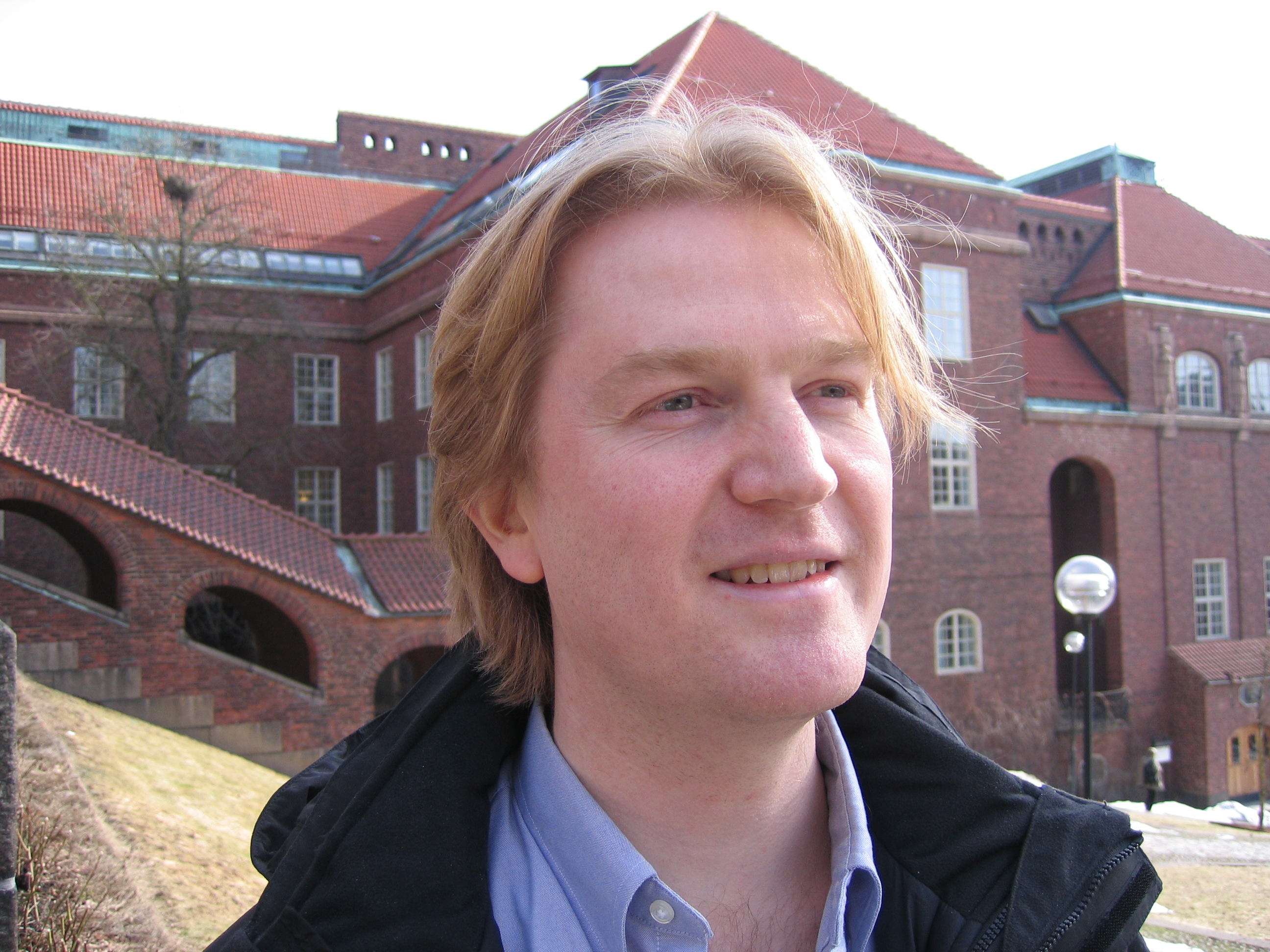 Pär Kurlberg will receive funding for a postdoctoral position for international researchers at his group at the Department of mathematics, KTH Royal Institute of Technology, Stockholm.
Pär Kurlberg will receive funding for a postdoctoral position for international researchers at his group at the Department of mathematics, KTH Royal Institute of Technology, Stockholm.
The post-doctoral position is designed for a candidate with expertise in number theory. Eventually, research in quantum chaos can lead to applications in microelectronics, and therefore it may be of interest to computer and communications industries.
In a chaotic system an initial perturbation can be significantly amplified over time. Therefore it is not possible to predict the future behavior of such a system. One cannot, for example, possible to rule out that the earth will be ejected from the solar system long before the sun is extinguished.
It is even more difficult to understand chaotic phenomena in the micro-world governed by the laws of quantum mechanics. For example, it is not possible to determine exact trajectories of the particles. This limitation is required by the Heisenberg principle. Thus quantum mechanics defies one of the fundamental hallmarks of chaos: tightly convoluted but divergent trajectories.
However, the world is built up from microscopic phenomena. How can macroscopic chaos arise in a universe whose building blocks are governed by the laws of quantum mechanics? This question has been hotly debated. From the point of view of mathematical physics the problem can be formulated as the following question: in what way is the classical chaos expressed in the properties of the corresponding quantum mechanical system? This question gives rise to problems, which can be approached by using methods developed in number theory.
Photo KTH Royal Institute of Technology/ Ann-Britt Öhman